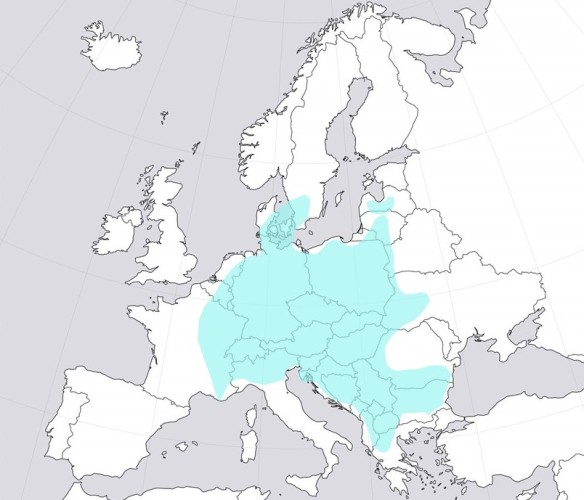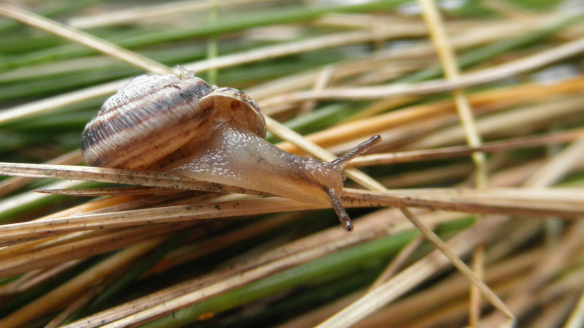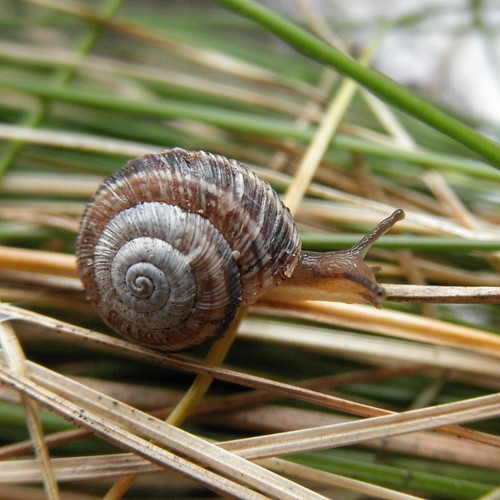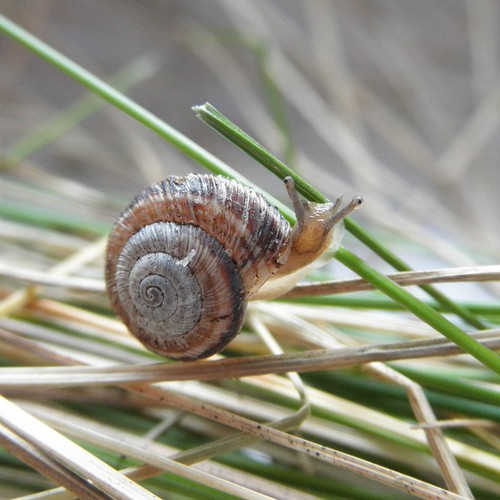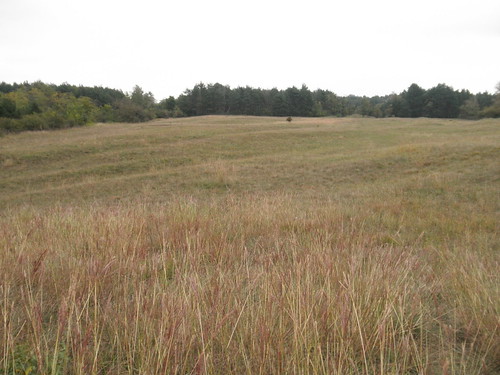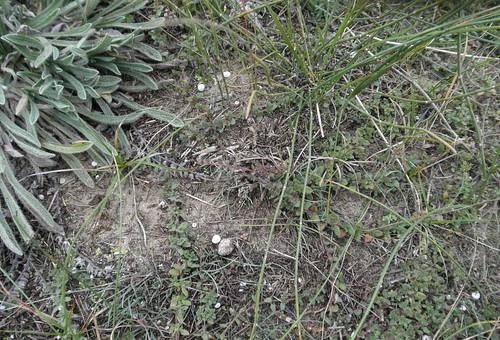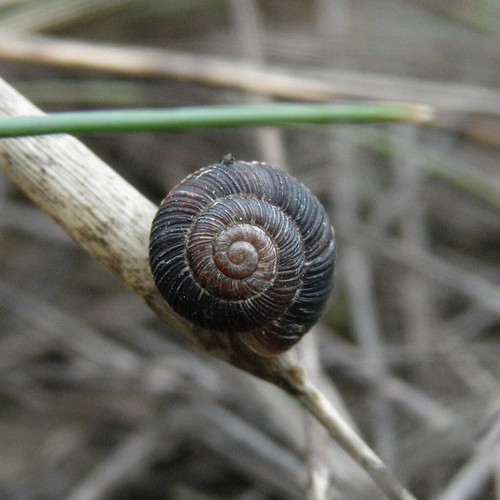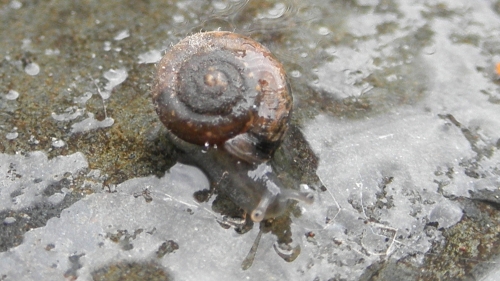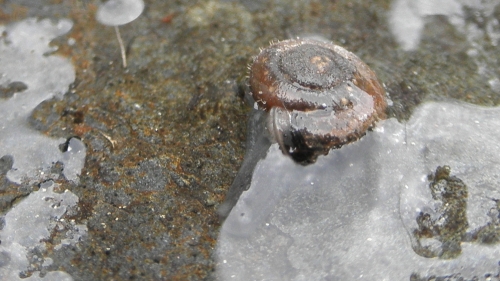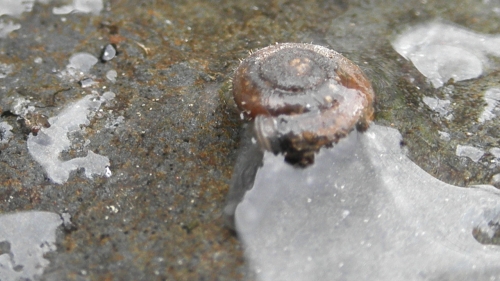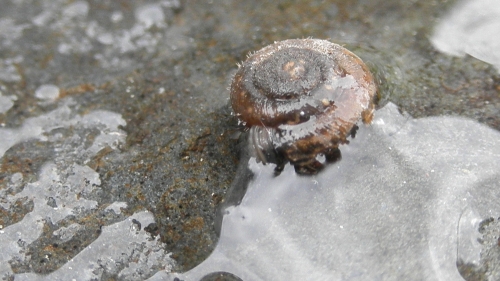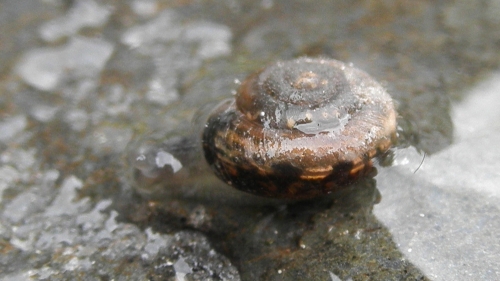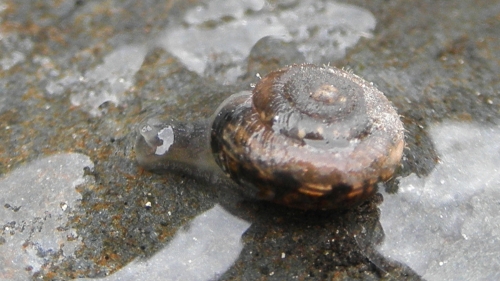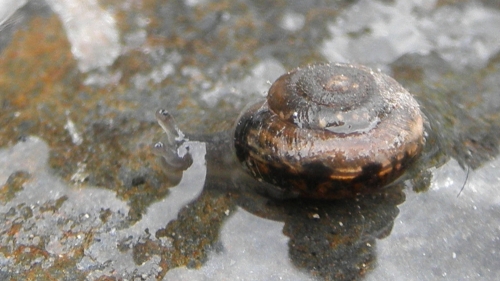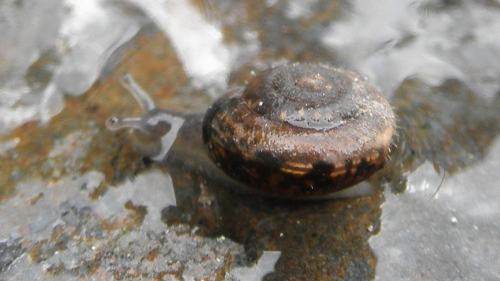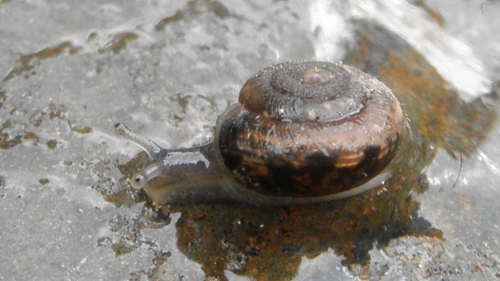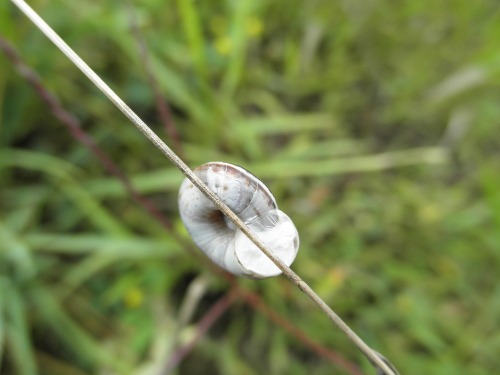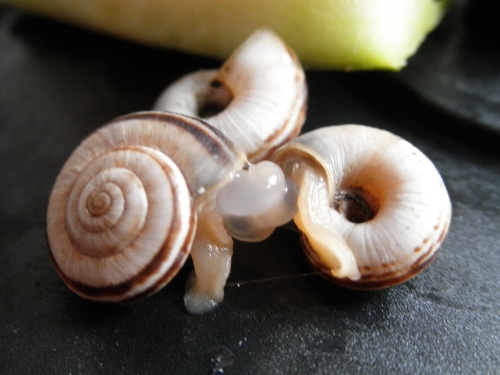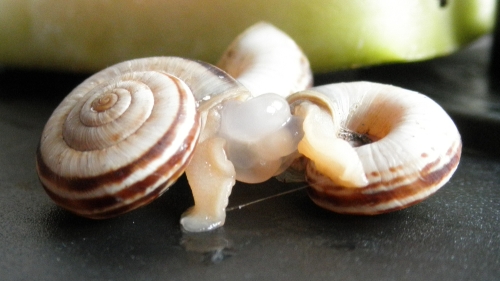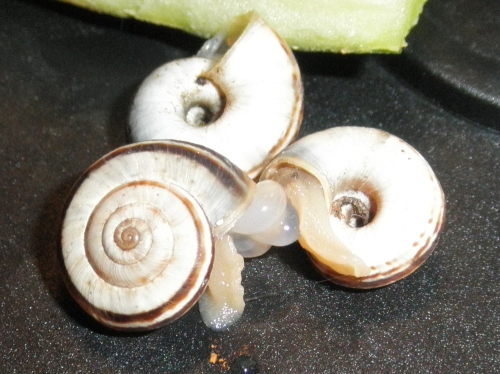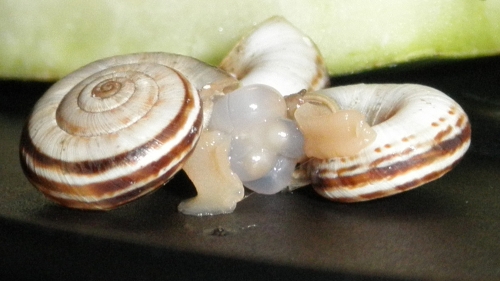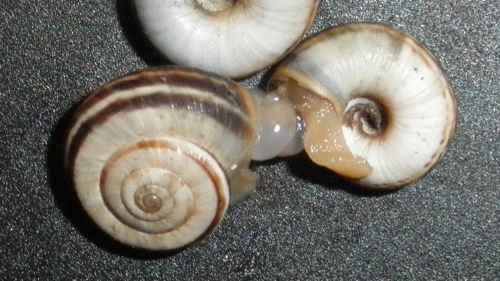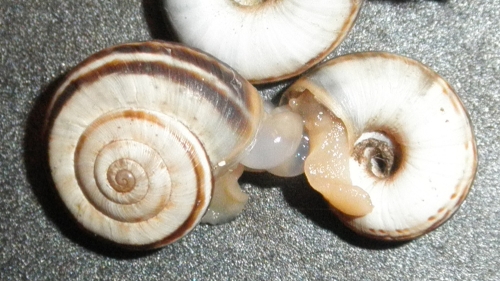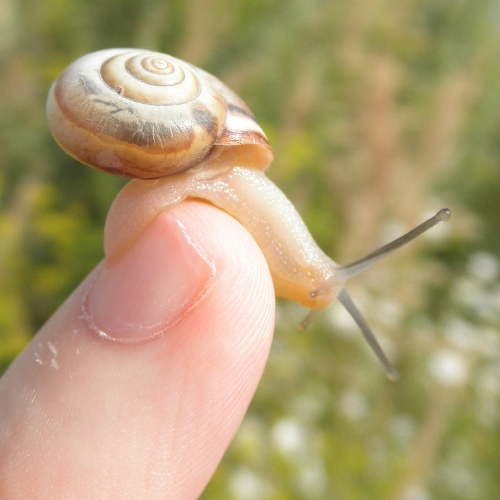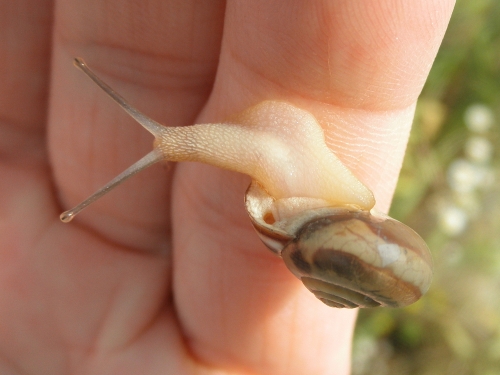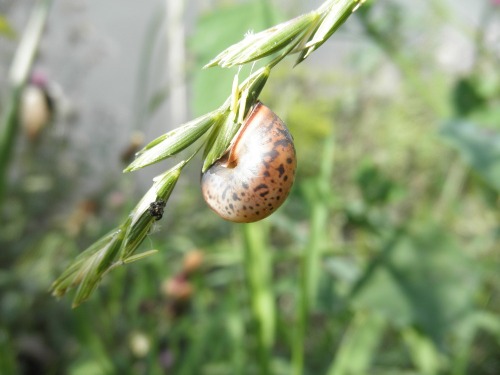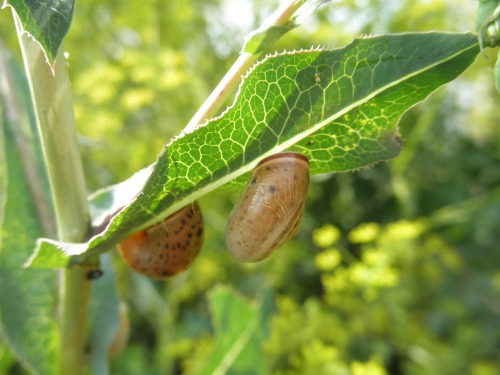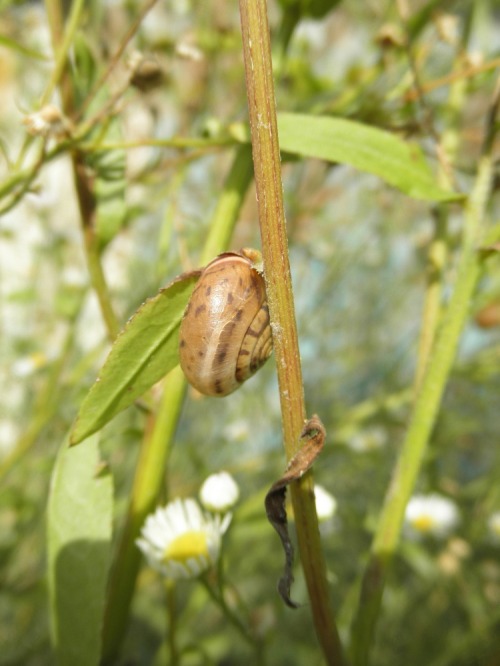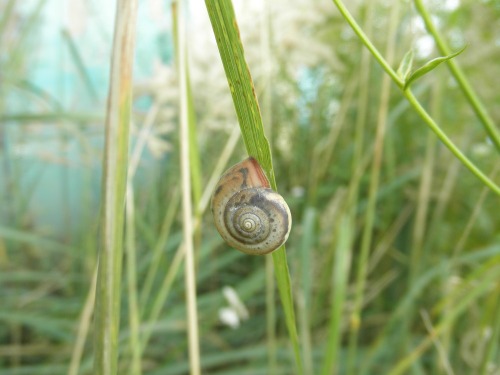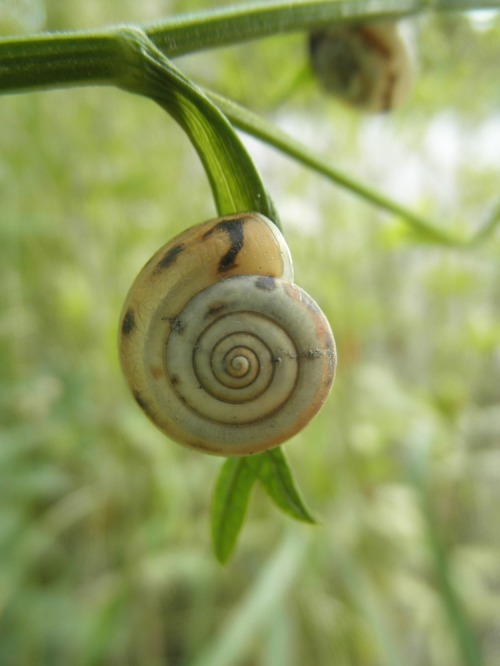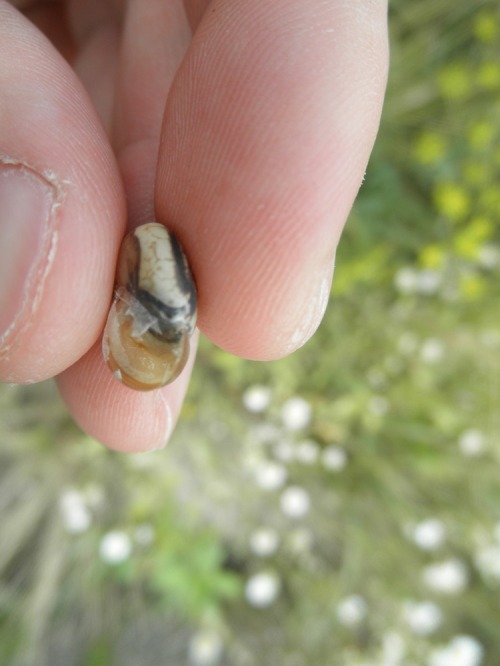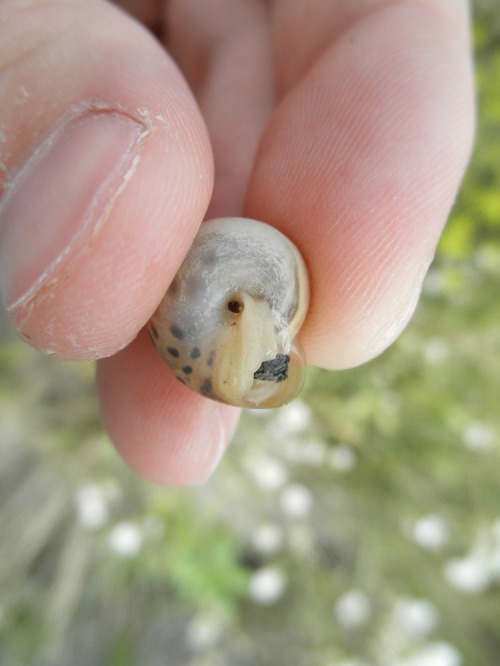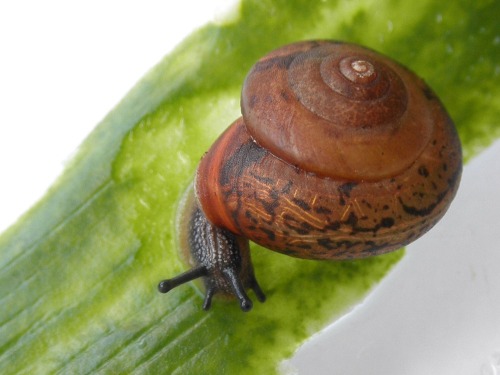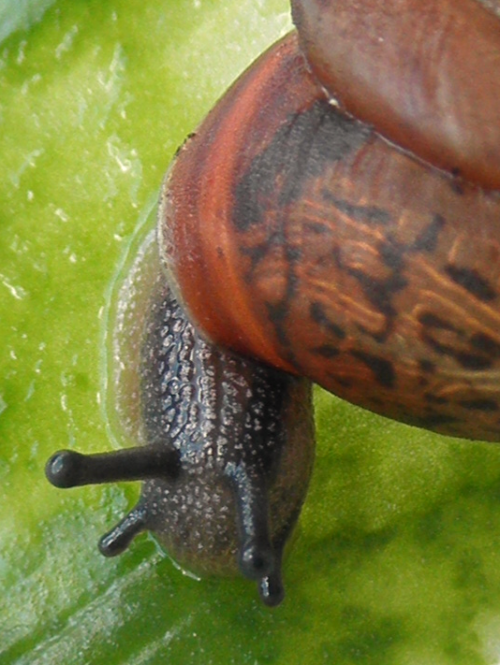My friend and colleague, malacologist Tereza Kosová from Charles University in Prague is studying species of the genus Monachoides. I would like to ask you to send her a few living specimens from your field trips across Europe.
The widespread species in forests is Monachoides incarnatus. Another species from the genus Monachoides is Monachoides vicinus, that lives in forests in Carpathian Mountains. Few other species of Monachoides have been described from Balkan Peninsula.
She is looking for living animals from various places in Europe. If you would like to help her with her research, you can send her a few living specimens from your area or a place where you are going for a walk.
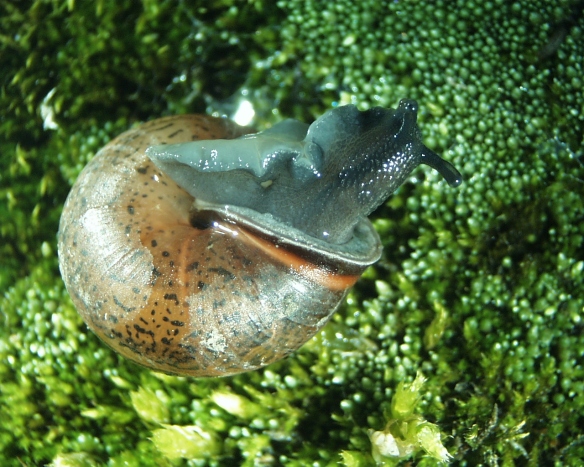
Monachoides incarnatus from Slovakia. Photo by Jozef Grego, public domain. Source: AnimalBase.
The best way how to send snails is to store them in a nylon stocking in which snails can breathe but can not escape. The label with GPS should be hidden in a small plastic bag to prevent snail from eating it. Put the stocking in a paper box so that the snail does not break free during the transport.
step 1)
Collect a few Monachoides snails. Write down the date of collection, locality, name of collector on paper.
 What you need: paper with locality name, small plastic bag, Monachoides snails, nylon stocking bag, plastic box, bubble wrap envelope. That’s all.
What you need: paper with locality name, small plastic bag, Monachoides snails, nylon stocking bag, plastic box, bubble wrap envelope. That’s all.
step 2)
Put the paper into the small plastic bag (so snails will not eat the tasty paper). Put snails and the locality name into the nylon stocking bag. Put the nylon bag with snails to any box. Wrap it into the bubble wrap envelope. Write down the address and send it to Tereza. Thank you! You do not need to send the package as a parcel. You can spare money if you send it as an ordinary letter with maximum size 35.3 × 25 × 2 cm. Do not worry about snails. If you send freshly collected snails, they should withstand the transport easily. But if you were going to your field trip for a few days, then you can keep live snails in a wet soil or in a wet terrarium substrate during the field trip. Then you can send it including the substrate in the same way as you would send your terrarium snail pets.
You do not need to send the package as a parcel. You can spare money if you send it as an ordinary letter with maximum size 35.3 × 25 × 2 cm. Do not worry about snails. If you send freshly collected snails, they should withstand the transport easily. But if you were going to your field trip for a few days, then you can keep live snails in a wet soil or in a wet terrarium substrate during the field trip. Then you can send it including the substrate in the same way as you would send your terrarium snail pets.
You can find contact information at the website alongside with her bibliography here: http://mollusca.sav.sk/malacology/Kosova.htm
The address is (in English):
Tereza Kosova
Department of Zoology
Charles University, Faculty of Science
Vinicna 7
CZ-128 44 Prague 2
Czech Republic
The address in Czech:
Tereza Kosová
Katedra zoologie
PřF UK
Viničná 7
128 44 Praha 2
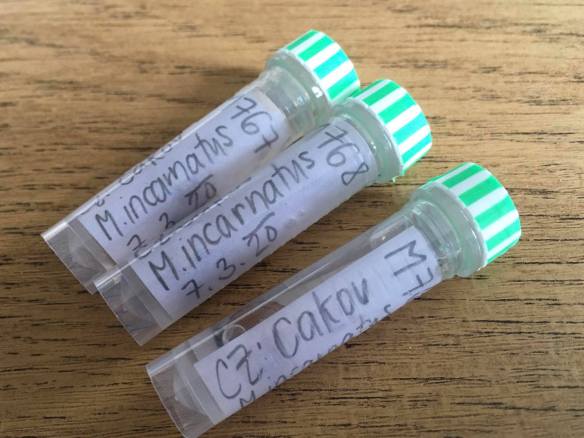
Tubes with samples of Monachoides incarnatus in ethanol prepared for molecular phylogenetic analysis. Photo by Tereza Kosová, CC-BY-4.0.
References
no references
Links:
Images of Monachoides incarnatus at mollusca.sav.sk website
Characteristics of Monachoides incarnatus at AnimalBase website with images
Images of Monachoides vicinus at mollusca.sav.sk website
Characteristics of Monachoides vicinus at AnimalBase website with images
